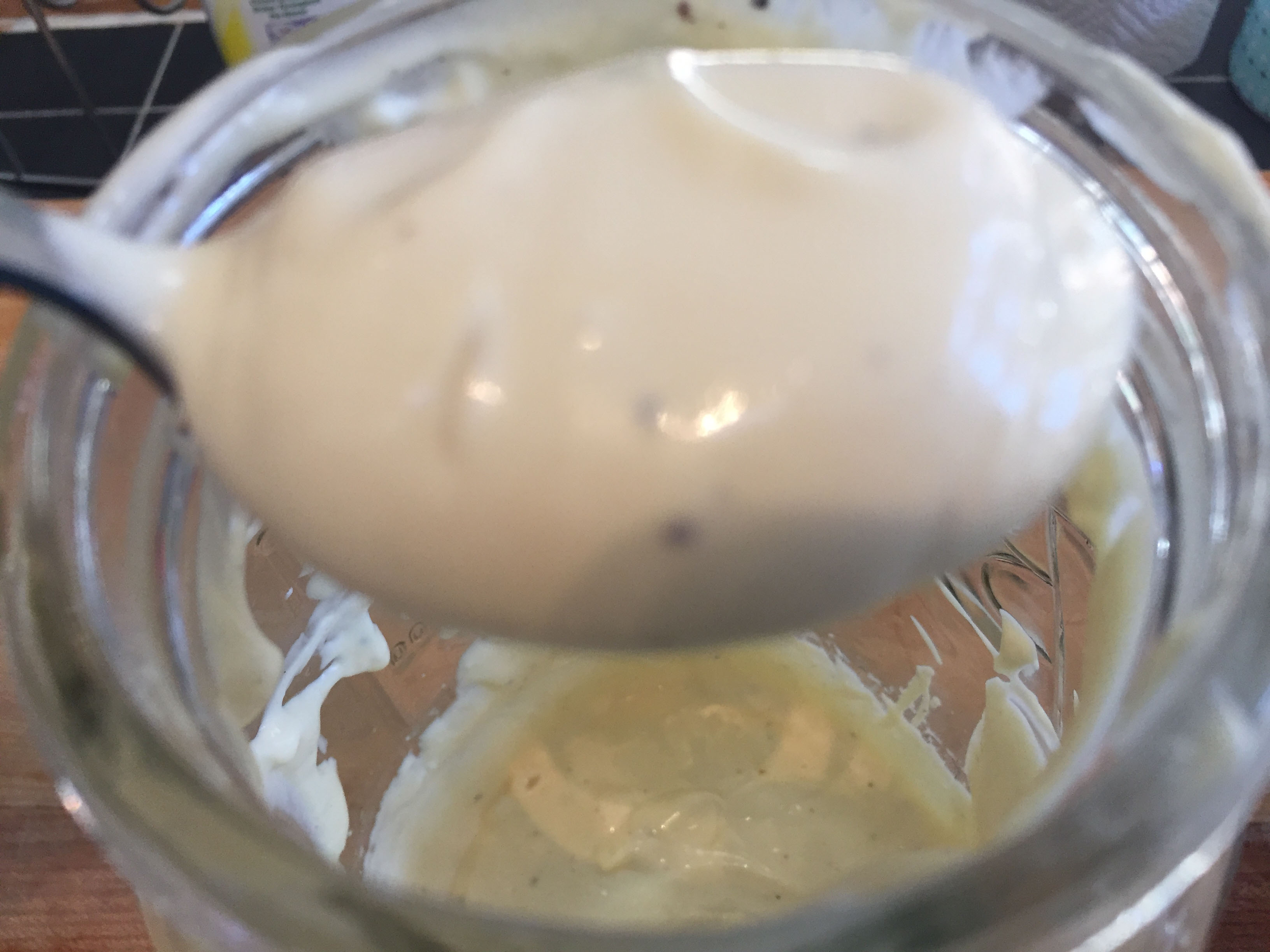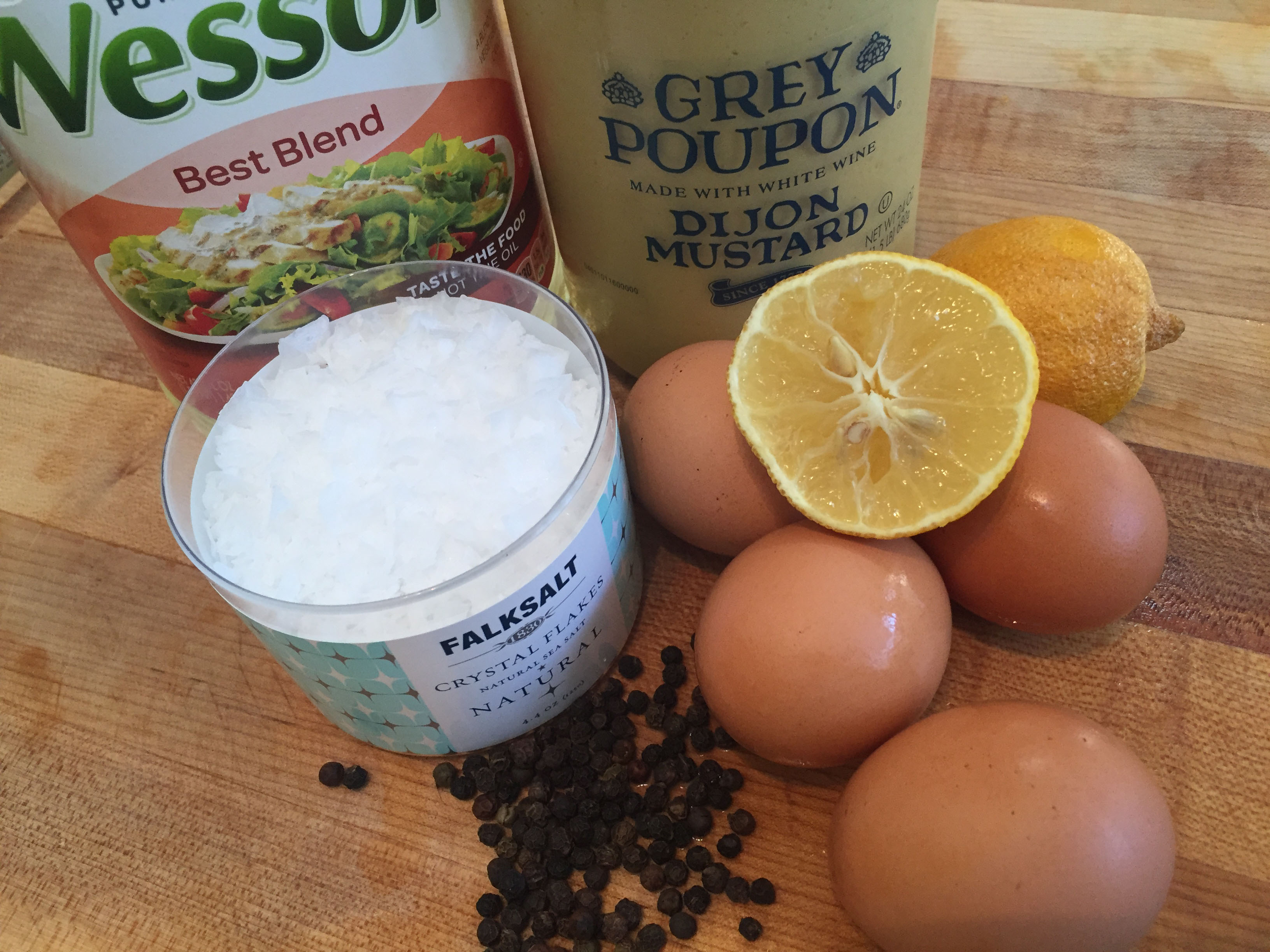Whole Egg Mayonnaise Sous Vide


Whether mayonnaise was born in 1756 when the Duke de Richelieu’s chef upon finding he lacked the cream needed for a victory sauce from their recent campaign near Spain invented an egg and oil dressing dubbed mahonnaise for its place of birth. Or perhaps it was actually called bayonnaise after Bayonne, a town famous across Europe for its renowned hams. Regardless there is no question that the French popularized the delicious sauce. It became so popular in Europe that it jumped the pond and made its way to New York City by 1838. That’s where the legendary white tablecloth eatery Delmonico’s was offering both a mayonnaise of lobster and a chicken mayonnaise.
Today mayonnaise might not be a culinary star as it was back in the day but it’s still a pantry staple second to none. That being said it’s incredibly easy to make at home with just a few ingredients. Historically raw eggs were used and it is still made that way in some areas but most people are more comfortable with pasteurized eggs - Sous Vide to the rescue! Just a couple of hours in the SV1 and you can whip out a delicious and completely safe batch of mayo!
Pasteurized Eggs
Ingredients:
• As needed large eggs, fresh
Directions:
1. Preheat the water bath of the VacMaster SV1 to 135°F/57°C.
2. Gently place the eggs, in their shells, into the water and cook for 2 hours.
3. Remove the eggs, and immediately submerge them in ice water for 20 to 30 minutes and refrigerate.
4. Use as needed
Whole Egg Mayonnaise

Ingredients:
• 2 pasteurized eggs sous vide, see recipe (above)
• 1 tablespoon Dijon mustard
• 4 teaspoons fresh lemon juice or high quality vinegar
• 1 cup vegetable oil
• Kosher salt
• Black pepper
Directions:
1. Crack and place the whole eggs in a medium sized bowl or in the bowl a food processor or bar blender.
2. Add mustard and lemon juice.
3. Using an immersion blender or other machine blend ingredients for a second or so until well combined.
4. With motor running, add oil in a slow, steady stream (mixture should become thick and emulsified).
5. Season to taste with the salt and pepper.
6. Refrigerate, use as needed
